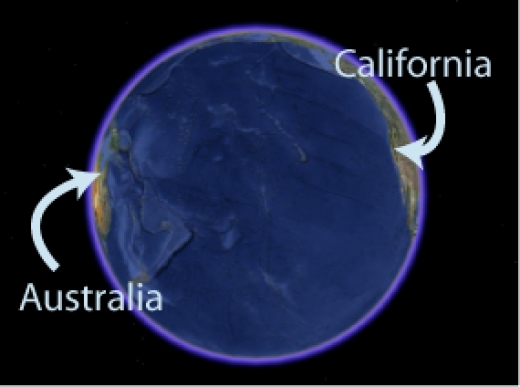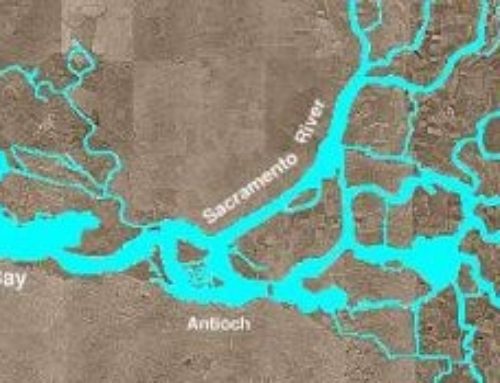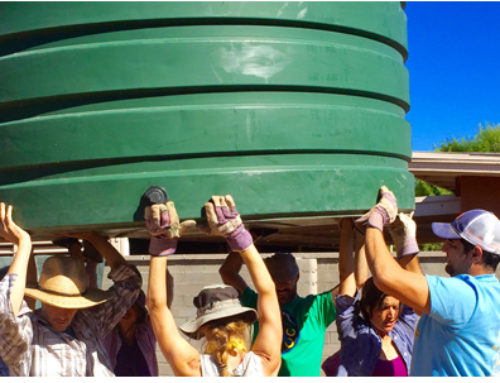Benchmarking is a powerful tool for providing perspective on how you, your company, or in this case, your state, are doing in comparison to another similar entity. Ryan Cahill and Jay Lund of the University of California at Davis took that tact in producing the research, Residential Water Conservation in Australia and California, in November 2011.(1)
Akin to Australia, drought is not an unusual result of weather patterns in California. A report from a Smithsonian/NASA team determined that compared to it’s history since 101 BC, California has been having below average extreme droughts during the last century. According to another study from the California State University at Hayward California baked in two droughts, the first lasting 220 years and the second 140 years…lasting from A.D. 892 to A.D. 1112 and from A.D. 1209 to A.D. 1350.(2)(3) Talk about perspective! 220 and 140 years of drought!
That said, over the last century, Californians have found themselves in drought conditions for a total of 35 years, about a third of the time, given droughts from 1917-1921, 1922-1926, 1943-1951, 1959-1962, 1976-1977, 1987-1992, 2000-2006, 2007-2009.(4) Nevertheless, we still do not manage for drought conditions, but treat them as exceptional cases in our approach to managing limited water supplies in the state.
According the UC Davis study, (w)hile California’s per-capita use dropped about 10% from 2000-2009, Australia reduced percapita use by about 35%. Three actions contributing to Australia’s reduced water use are the adoption of outdoor water restrictions, lower-flush toilets, and water pricing.(1)
And I’d like to suggest a fourth action, implicit in this study itself – that of tracking water use so as to be able to accurately document and therefore manage water use according to what the data indicates. It may surprise many of you to find out that water use information in California is surprisingly difficult to come by.
Data Reliability
The California Dept. of Water Resources (DWR) acknowledges that “easily retrievable, standardized, and comprehensive baseline urban water use data are not available in California” (DWR 2009). Although surveys are completed by water utilities each year (called Public Water System Surveys, or PWSS), consistent, reliable urban water use data are not published regularly (DWR 2005). PWSS results provide a statewide estimate, although its accuracy is questionable due to voluntary self-reporting without auditing. The other main sources of information about usage in California are Urban Water Management Plans (UWMPs), which are required every five years (California Water Code 2002). UWMPs include use data, but they are not compiled annually into a statewide database. This paper follows the example of California DWR, using thepopulation and usage estimates from the PWSS results (DWR 2010, see Appendix A).
In contrast, Australia has a consistent system for collecting urban water data. Almost every three years, the Australian Bureau of Statistics publishes a “water account” with summary water statistics, including urban water usage. The data comes from surveys, water utilities, and research papers, and broadly consolidates information about water use (ABS 2010). In addition to the water accounts, a National Performance Report has been released each year since 2005. All major water utilities provide information for the audited report, which standardized reporting categories (National Water Commission (NWC) and Water Services Association of Australia (WSAA) 2011). The National Performance Report would be analogous to an audited, expanded version of the PWSS results in California, if such a compilation existed.(1)
Data collection should become a priority for water managers such as the Department of Water Resources and California water agencies. As the old addage suggests, “You can’t manage what you haven’t measured.” Australia has been highly succesful in implementing and ENFORCING water conservation measures, bringing their water savings to 35%, in great part bu utilizing rainwater harvesting as “a practical solution for gardens, swimming pools, as household water such as washing clothes, showering, and in toilets.”(4)
It’s time for California to take a strong lessons from Australia in data gathering, public education and water management.
Read the Full Report from UC Davis
View Wholly H2O Forum on “Managing Rainwater as a Primary Water Source in Hawaii”
Read about Benchmarking on Wholly H2O
Read about Water Conservation on Wholly H2O
Cited in this Blog Post
1. Ryan Cahill and Jay Lund, University of California at David, November 2011, Residential Water Conservation in Australia and California.
2. William K. Stevens, New York Times, July 19, 1994, Severe Ancient Droughts: A Warning to California.
3. Malcolm K. Hughes and Peter M. Brown, 1992, Drought Frequency in Central California since 101 B.C. Recorded in Giant Sequoia Tree Rings
3. USGS, Major Floods and Droughts in California.
4. DWD Watss, June 2011, Rainwater Tanks – Water Conservation Australia.







